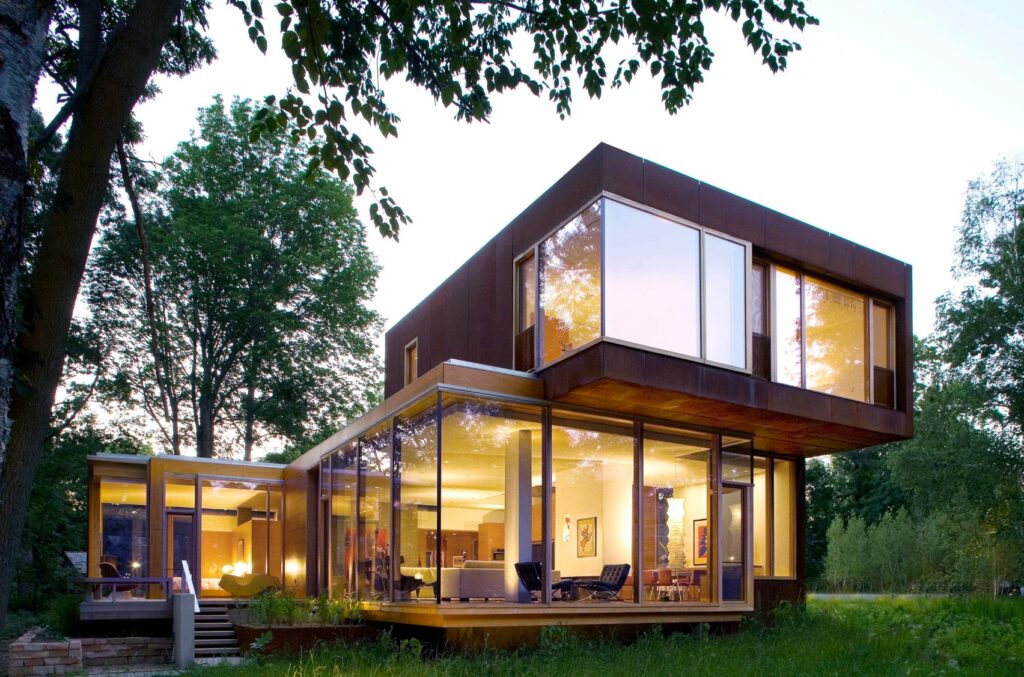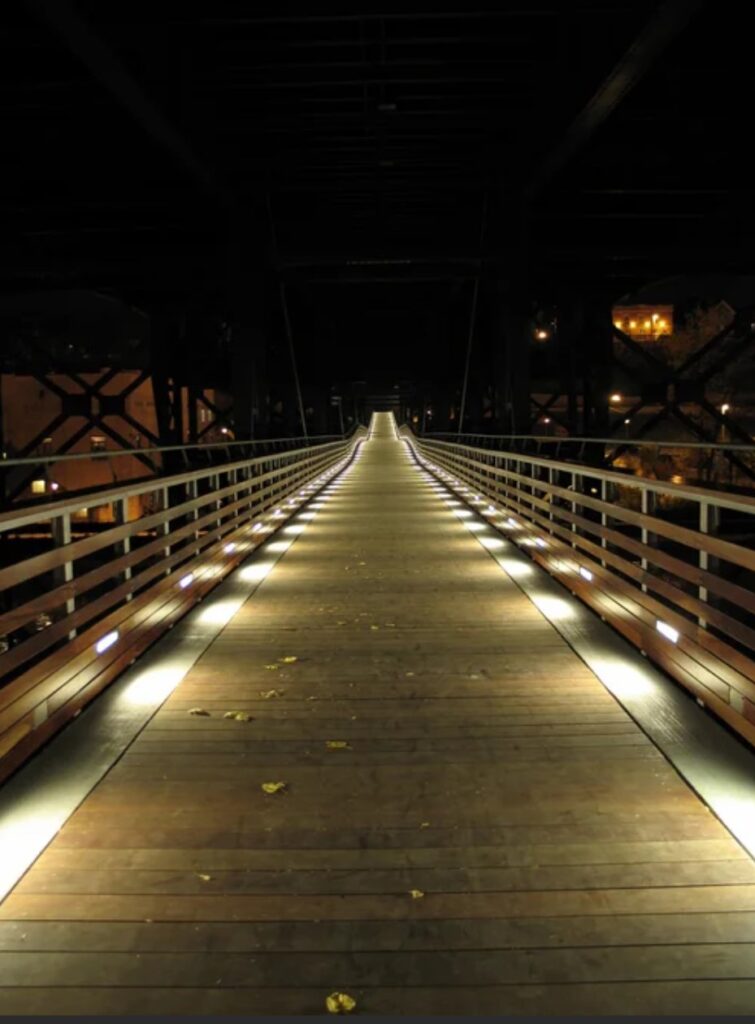Paola Sturla
Paola Sturla is a lecturer in Landscape Architecture and the 2018/2019 Daniel Urban Kiley Fellow at the Harvard Graduate School of Design. She is a Ph.D. candidate in Urban Planning, Design, and Policy at Politecnico di Milano in the Department of Architecture and Urban Studies. Born and raised in Italy, Paola is a registered “architetto” and “paesaggista.” She is currently a full-time researcher working on the designer’s creative agency to address open-ended problems through the hermeneutic design process, and the potentials and limits of Artificial Intelligence-based tools in such a practice. Before entering academia, she had been practicing internationally in the architecture, engineering, and construction (AEC) industry in the framework of large scale infrastructure projects. Paola holds a bachelor’s degree in Architecture (Politecnico di Milano, 2004), a Master in Architecture (Politecnico di Milano, 2007), and a Master in Landscape Architecture (Harvard University Graduate School of Design, 2011).
Jungyoon Kim
Jungyoon Kim is a practicing landscape architect, registered in the Netherlands (Tuin- en landschapsarchitect) and in the state of Massachusetts, USA (Professional Landscape Architect). She found PARKKIM with Yoonjin Park in Rotterdam, upon their winning of the Taiwan Chichi Earthquake Memorial Design Competition (2004), and relocated to Seoul, Korea (2006). PARKKIM completed projects of diverse scale and nature, ranging from corporate landscapes to civic venues, including Seoul Museum of Craft Art (2021), Hyundai Motor Group Global Partnership Center and University Gyeongju Campus (2020), the Plaza of Gyeonggi Provincial North Office (2018), CJ Blossom Park (2015), and Yanghwa Riverfront (2011). Current ongoing projects include Suseongmot Lake Floating Stage in Daegu, Korea, for which PARKKIM won the international invited competition in 2024 and is to be completed in 2026.
In 2025, PARKKIM PLLC opened in Massachusetts, aiming to expand its practice beyond the Korean peninsula.
She published the book ‘Alternative Nature’ (2015), co-authored with Park, which is a compilation of articles written by the two principals and published in various media since 2001. The term ‘alternative nature’ was first presented in their essay ‘Gangnam Alternative Nature: the experience of nature without parks’, published in the book ‘Asian Alterity (ed. William Lim, Singapore: 2007)’, rethinking the concept of ‘natural’ within the context of contemporary East Asian urbanism.
Upon her appointment at Harvard GSD, Kim has expanded PARKKIM’s design research into the seminar courses and option studios: When her seminar “Lost and Alternative Nature: Vertical Mapping of Urban Subterrains for Climate Change Mitigation” explored the implication of urbanization on both above/underground in 12 mid-latitude cities, her another discussion-based seminar “Origins and Contemporary Practices of Landscape Architecture in Asia” introduced and discussed many of amazing yet under-discussed landscape practices of the region. Jungyoon’s series of option studios, titled “Below, Above, and Beyond,” explored the underground of Seoul, Antwerp, and Boston, to see how innovative connections between the above and below ground would create novel public spaces in the era of climate change. Her recent studies on Japan specifically focus on the hydrology of cities as an agency to enhance the quality of life of citizens in public spaces.
Jungyoon was selected as the ‘Design Leader of Next Generation’ (2007) awarded by the Korean Ministry of Commerce and appointed to ‘Seoul Public Architect’ (2011) by the Metropolitan Government Seoul.
She received a Master of Landscape Architecture from the GSD and a Bachelor of Agriculture from Seoul National University with distinction.
Elizabeth Bowie Christoforetti
Elizabeth’s teaching and research focus on emerging modes of design practice in the built environment. Her work at the GSD explores design methods, theories, and the technological building blocks that enable design practice to better confront the imperatives of our time, such as artificial intelligence and market-driven urbanism. The Laboratory for Values in the Built Environment (ViBE Lab ), her research group within the Laboratory for Design Technologies, aims to uncover the potentials for scalable systems of design by daylighting, operating upon, and designing new socio-technical systems – design that is dependent upon a combination of social and technological processes, and collaboration between them.
Elizabeth directs Supernormal , a design studio based in Cambridge, MA. She founded Supernormal to create meaningful and practical change through the intersection of architecture, urbanism, technology, and contemporary culture. Elizabeth directs Supernormal as an engaged design practice that meets the world exactly as it is, and with a glass that is half full.
Her design practice, research, and teaching explore the cultural implications of large data sets, human-machine collaboration, and scalable systems of design. Elizabeth’s work joins a perspective of radical pragmatism with a deep value for the potential of design imagination.
Chris Reed
Chris Reed is Professor in Practice of Landscape Architecture and Co-Director of the Master of Landscape Architecture in Urban Design Program at the Harvard University Graduate School of Design. He is also Founding Director of Stoss Landscape Urbanism . He is recognized internationally as a leading voice in the transformation of landscapes and cities, and he works alternately as a researcher, strategist, teacher, designer, and advisor. Reed is particularly interested in the relationships between landscape and ecology, infrastructure, social spaces, and cities. His work collectively includes urban revitalization initiatives, climate resilience and adaptation efforts, speculative propositions, adaptations of infrastructure and former industrial sites, dynamic and productive landscapes, vibrant public spaces that cultivate a diversity of social uses and cultural traditions, and numerous landscape installations. His work can be found in cities as diverse as Boston, Los Angeles, St. Louis, Dallas, Detroit, Galveston, Abu Dhabi, and Dongshan, China. His work through Stoss has been recognized with the Cooper-Hewitt National Design Award for Landscape Architecture; the Topos International Landscape Award; and various other practice- and project-based awards from Progressive Architecture, the American Society of Landscape Architects, Azure’s AZ Awards, World Landscape Architecture, the Architectural League of New York, the Waterfront Center, EDRA / Places, and the Boston Society of Architects.
Reed is the co-editor of Projective Ecologies with ecologist and planner Nina-Marie Lister, and co-author of the book Mise-en-Scène: The Lives and Afterlives of Urban Landscapes with photographer Mike Belleme. He is a recipient of the 2012 Cooper-Hewitt National Design Award in Landscape Architecture, a Fellow of the American Society of Landscape Architects, and the 2017 Mercedes T. Bass Landscape Architect in Residence at the American Academy in Rome. Reed received a Master in Landscape Architecture from the University of Pennsylvania and an AB in Urban Studies from Harvard College.
Grace La
Grace La is Professor of Architecture, Chair of the GSD’s Department of Architecture, former Chair of the Practice Platform, and former Director of the Master of Architecture Programs. She is also Principal of LA DALLMAN Architects, internationally recognized for the integration of architecture, engineering and landscape.
Cofounded with James Dallman, LA DALLMAN is engaged in catalytic projects of diverse scale and type. Noted for works that expand the architect’s agency in the civic recalibration of infrastructure, public space and challenging sites, LA DALLMAN was named as an Emerging Voice by the Architectural League of New York in 2010 and received the Rudy Bruner Award for Urban Excellence Silver Medal in 2007. In 2011, LA DALLMAN was the first practice in the United States to receive the Rice Design Alliance Prize, an international award recognizing exceptionally gifted architects in the early phase of their career. LA DALLMAN has also been awarded numerous professional honors, including architecture and engineering awards, as well as prizes in international design competitions.

LA DALLMAN’s built work includes the Kilbourn Tower, the Miller Brewing Meeting Center (original building by Ulrich Franzen), the University of Wisconsin-Milwaukee (UWM) Hillel Student Center, the Ravine House, the Gradient House and the Great Lakes Future and City of Freshwater permanent science exhibits at Discovery World. The Crossroads Project transforms infrastructure for public use, including a 700-foot-long Marsupial Bridge, a bus shelter and a media garden. LA DALLMAN is currently commissioned to design additions to the Marcus Center for the Performing Arts (original building by Harry Weese and landscape by Dan Kiley), the 2013 Master Plan for the Menomonee Valley and the Harmony Project, a 100,000-square-foot hybrid arts building for professional dance, which includes a ballet school, a university dance program and a medical clinic. The National Endowment for the Arts awarded the Harmony Project a grant in support of the design process in 2012.

LA DALLMAN’s work has been featured in many publications including Architect, a+t, Architectural Record, Azure, Praxis and Topos, as well as in books released by Princeton Architectural Press and Routledge. Architect profiled the firm’s design culture in June, 2012. LA DALLMAN’s work has been widely exhibited, including at the Heinz Architectural Center in the Carnegie Museum of Art. La is coeditor and author of Skycar City (Actar, 2007), featuring the inaugural Marcus Prize Studio, which was exhibited at the 2008 Venice Biennale. She is also the cofounder and three-time editor of UWM’s Calibrations and a member of the editorial board of the Journal for Architectural Education.

Previously, La served as a faculty member in the School of Architecture and Urban Planning at UWM, receiving tenure in 2005. She served as the Chair of the Planning and Coordinating Committee, where she led efforts in the department’s strategic planning, curriculum reform and hiring initiatives. La also served as a Design Critic in Architecture at the GSD (2010) and a Visiting Critic at Syracuse University (2011). She has delivered lectures at prestigious universities and cultural institutions including the New Museum in New York City, the National Building Museum in Washington DC and the Museum of Fine Arts in Houston.

La’s teaching, research and prototype design work were funded by KI, exhibited at Discovery World, and featured in the annual Metropolis Conference at the International Contemporary Furniture Fair (2010). Demonstrating a unique ability to link the profession and the academy, the Association of Collegiate Schools of Architecture has bestowed La with four Faculty Design Awards, which honor outstanding projects that advance the reflective nature of practice and teaching. Additionally, she has received numerous teaching awards including the 2005 UWM Distinguished Undergraduate Teaching Award.
La is a member of the United States General Services Administration (GSA) National Registry of Peer Professionals (class of 2010), which is comprised of the nation’s most distinguished private sector leaders in art, design, engineering and construction. She has also served as an adjudicator for the National Endowment for the Arts, the US Artists Fellowship and several AIA Design Awards Programs.
Grace La received her professional Master of Architecture with thesis distinction from the GSD, winning the Clifford Wong Housing Prize. She graduated with an AB, magna cum laude, from Harvard College in Visual and Environmental Studies.